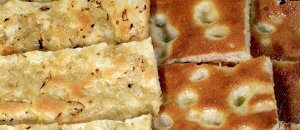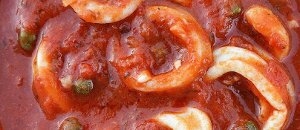Written by Frouzindeh Annelise Dyouya — Thursday, June 06th, 2013
Sugar cane
The world largest crop from South Asia.
You can write it without word division as well (sugarcane): it's a tall, perennial plant born between the warm temperate and the tropical areas of South Asia. The sugar cane is considered the most important crop in the world: in 2010 Fao, the Food and Agricultural Organization of the United Nations valued it was cultivated about 23,8 million hectares.
The sugar cane yields sucrose, piling it up in its stout jointed fibrous stalk parts that measure from two to six meters: it’s equivalent to six to nineteen feet. Belonging to the same family are listed:
- maize;
- wheat;
- rice;
- other forage crops.
After being extracted and purified in skilled factories, sucrose can be used raw in food industries or, if fermented, produces ethanol on a large scale, dealing with the Brazilian sugarcane industry. Among the other biggest sugar cane producing countries in the world India, China, Thailand and Mexico play a leading role because of the world request of sugar.
Another product which derives from sugar cane is Cachaça, a traditional beverage from the land of Sao Paulo.

The story of the reed: honey but no bees
Sugarcane was discovered in India in the 5th century B.C., before by the Persian, then by the Greeks, therefore adopted and tried to be pread in trade even though sugarcane agriculture had been considered an expensive spice. That way of thought continued ‘till the 18th century because of the political conflicts and cultural evolution alongside Indian Ocean, South American, Caribbean and Pacific Islands nations. Dealing with this topic, it’s loathsome to affirm that slaves were employed in the boiling process, often under very poor circumstances.
“Our” Rum comes from sugar, often in the molasses form, sent from the Caribbean to Europe or New England and then here distilled. The same Rum we are used to ask in our favorite bar or pub, alone or mixed up among the main ingredients of our best cocktail such ash Mojito or the so-called “Cuba pestato”.
At present, sugarcane continues to be considered a very important part of the economy of Belize, Guyana, Haiti and Barbados, besides being the most popular Jamaican crop.
Persian sugar loaves
Sugar loaves and their classic cone shape crystallizing the sugar is being a Persian thought for more than a thousands years. It’s interesting to note that the main Rio de Janeiro’s mountain is called Sugar Loaf due to its conical shape and dealing with the fundamental commercial role of sugar in the colony.
Comments
latest articles
Roman Scarola green lettuce salad recipe
This is a tasty green salad with scarola lettuce from Rome.
Italian street food: Genoese focaccia recipe
Simplicity tastes good!
Father's Day traditions from a small old Sicilian village
A very peculiar recipe from Sicily, made especially on Saint Joseph’s day.
A brief history of Gelato
Gelato: what a passion! Do you know where it comes from?
Squid soup recipe from Agrigento
Wandering around Sicily: a trip to Agrigento.






